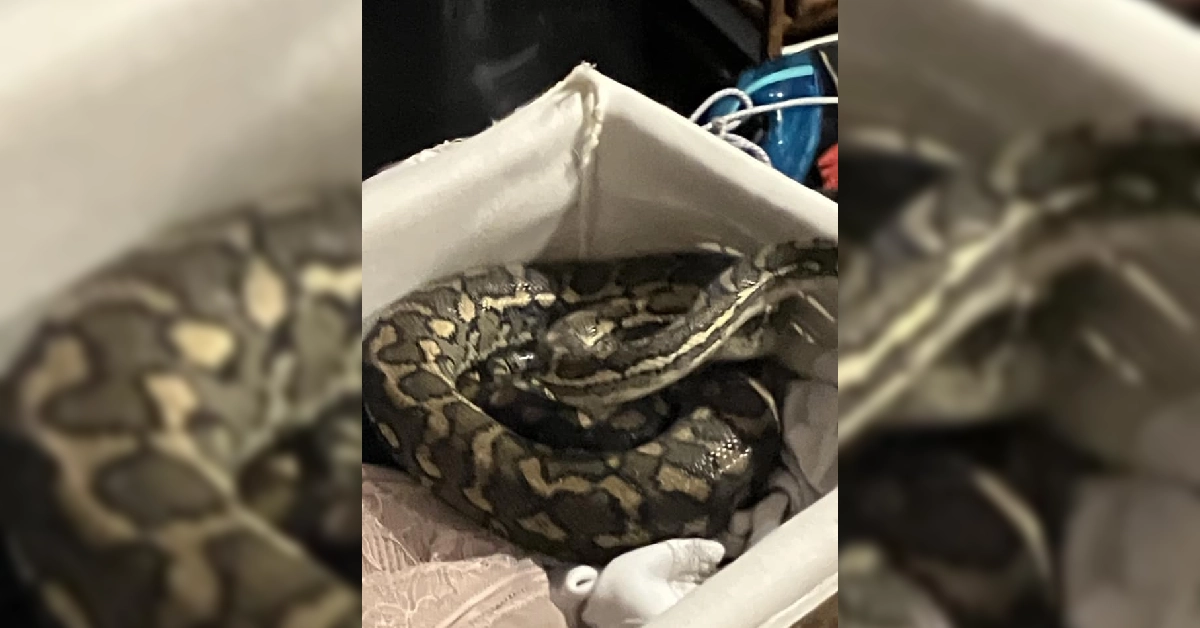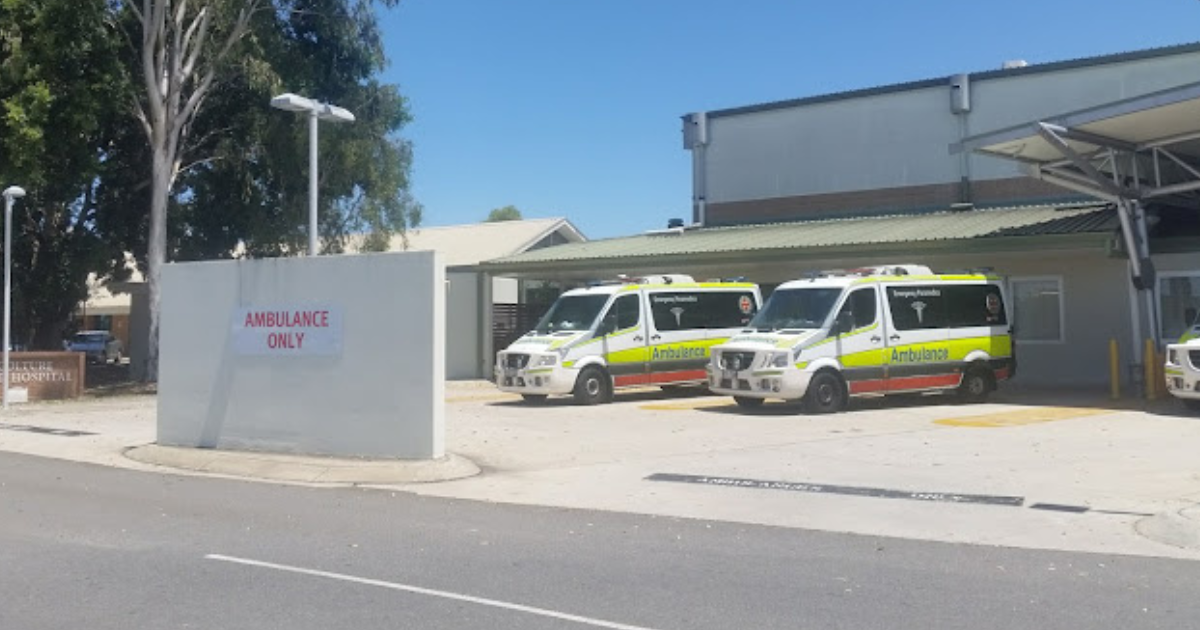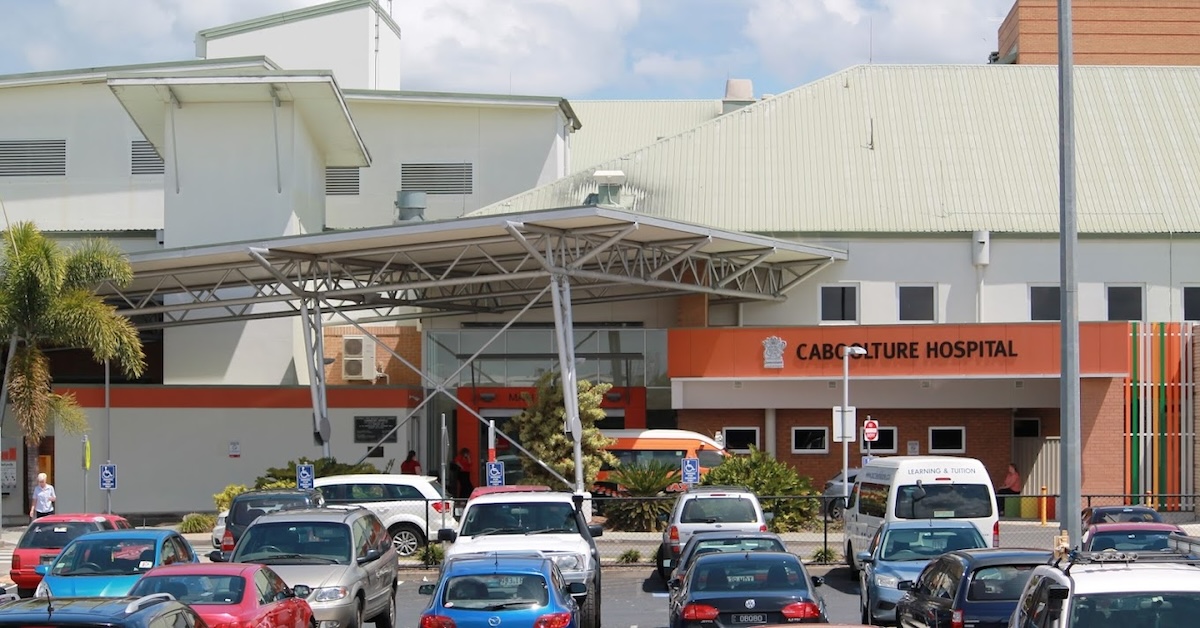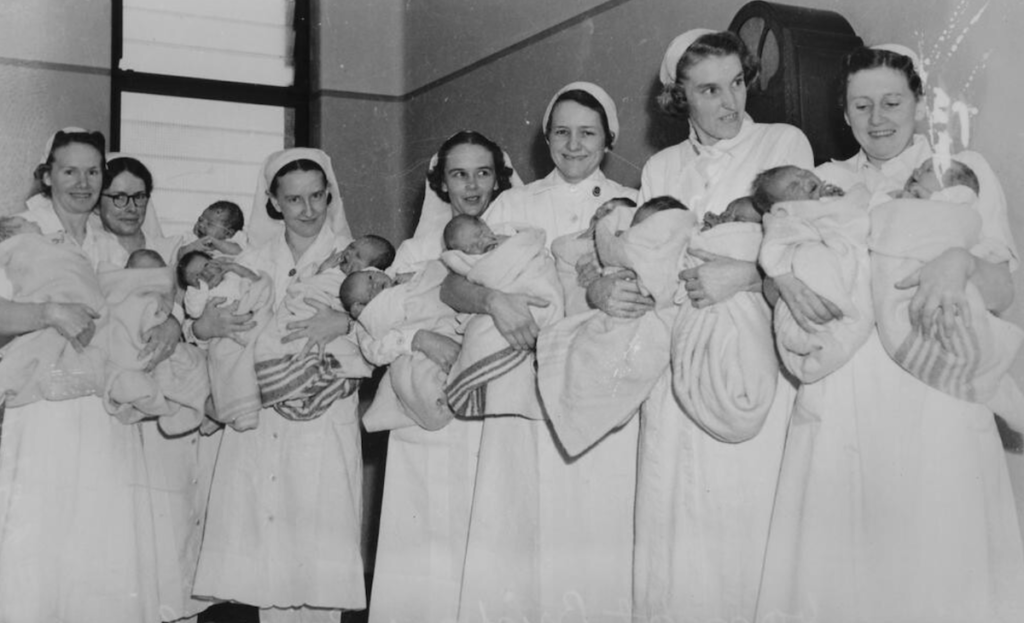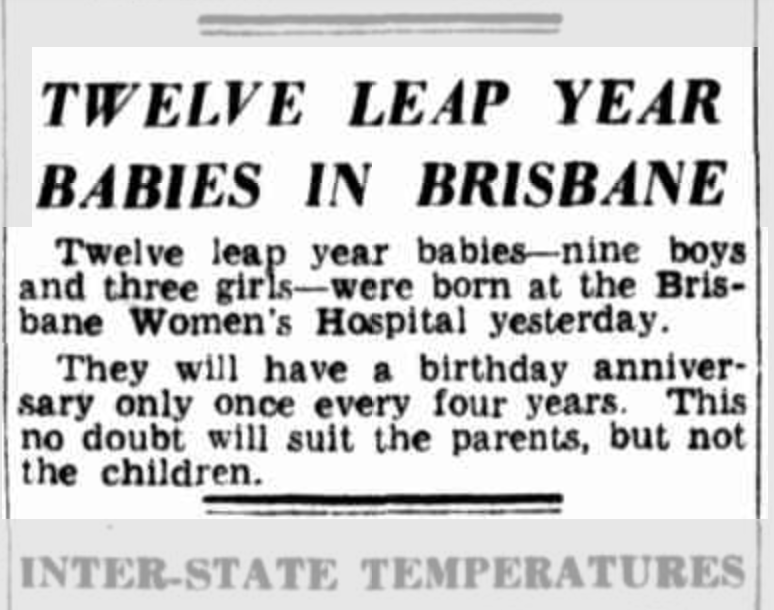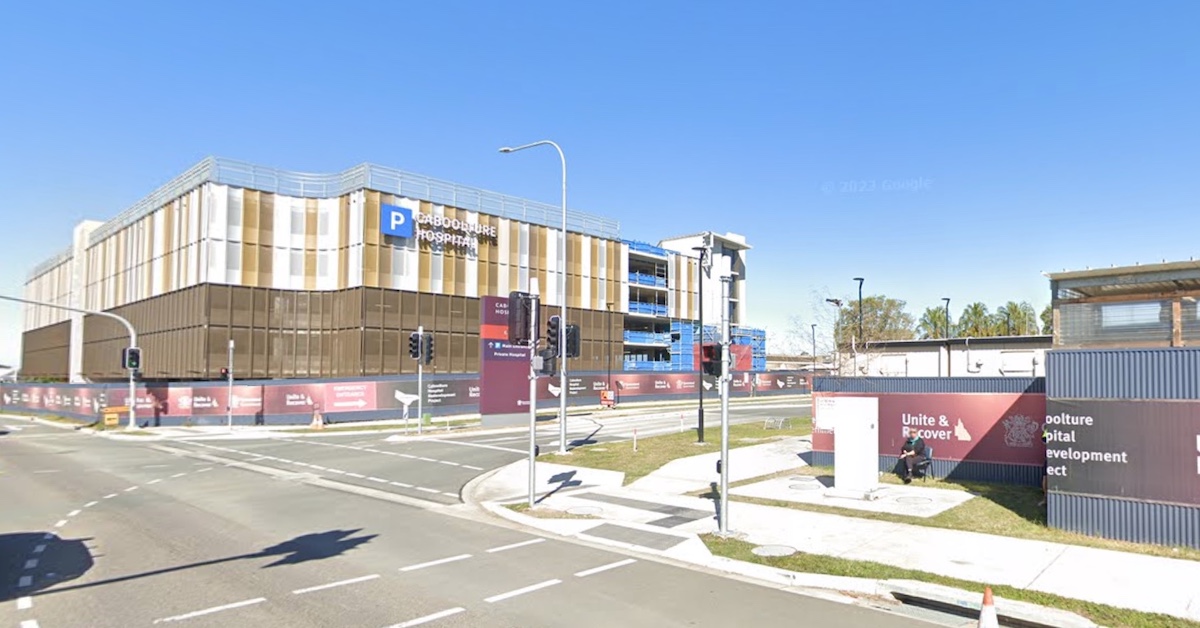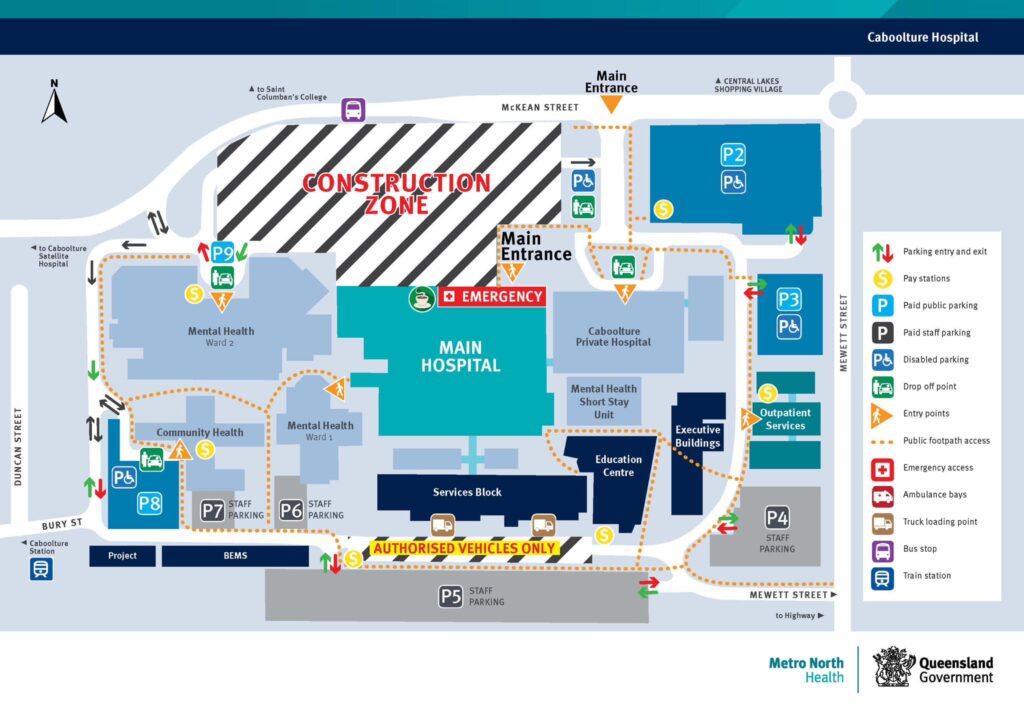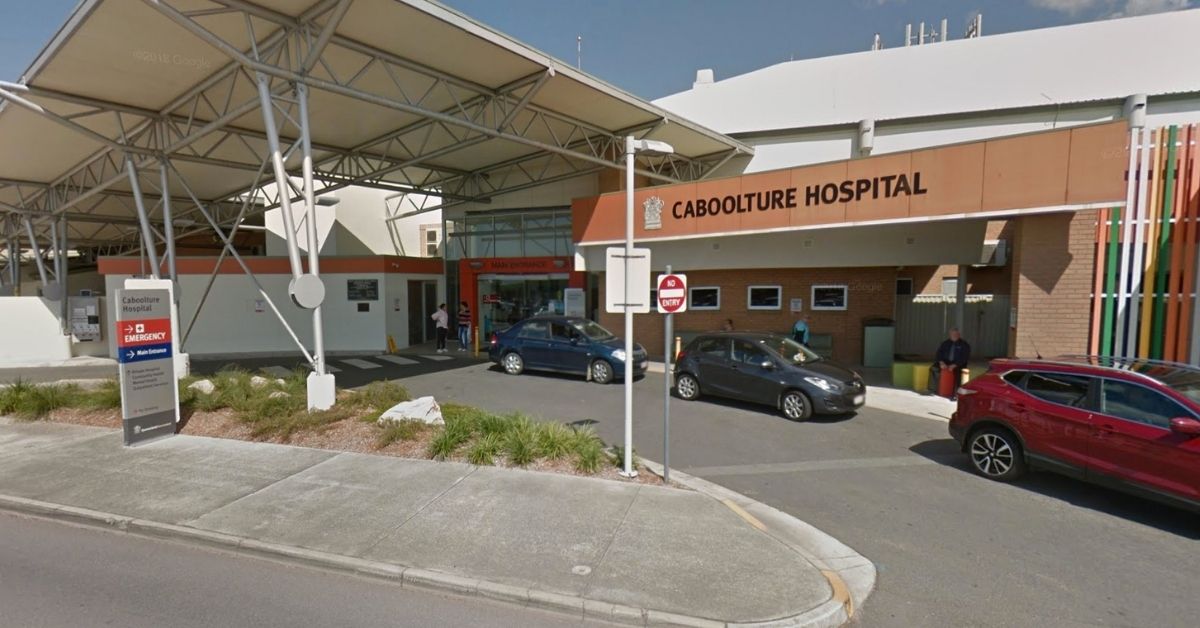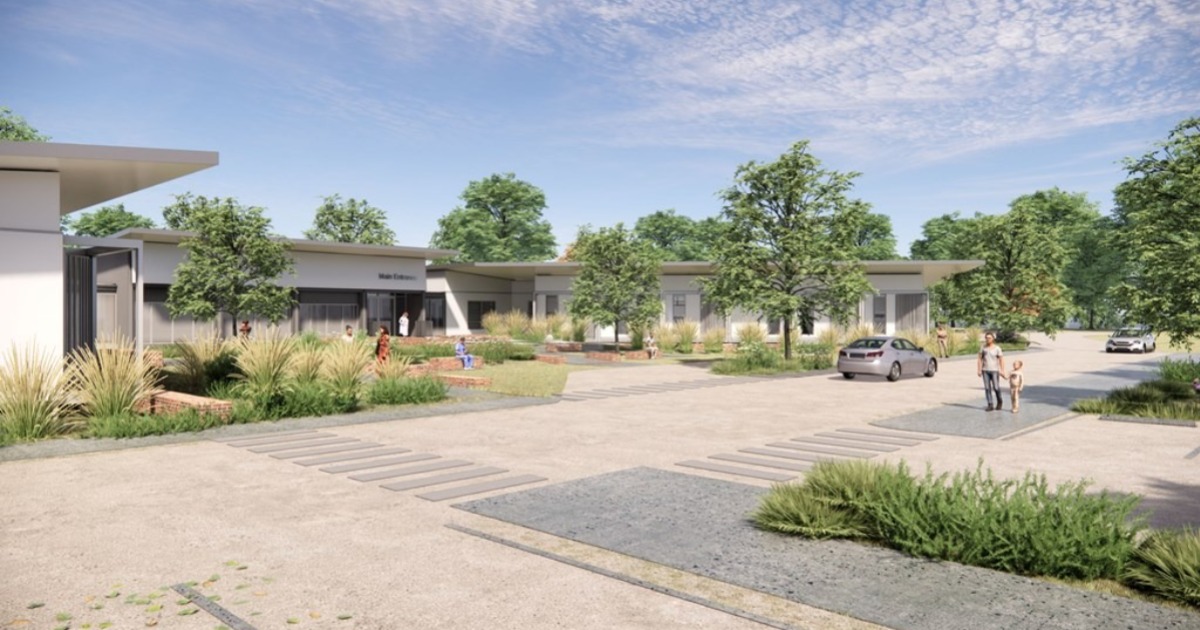A local man is in critical condition at Caboolture Hospital after being bitten by a snake at a Morayfield property yesterday afternoon.
The incident occurred around 3:16 PM Sunday when paramedics were called to treat the man in his 30s who suffered a snake bite to the ankle. He was rushed to Caboolture Hospital where he remains in critical condition.
This case highlights a concerning trend across Queensland, with seven people hospitalised for snake bites over the weekend alone. The spike in incidents has prompted health officials to issue fresh warnings to residents in Caboolture and surrounding areas.
According to Queensland Ambulance Service data, 24 snake bite reports were recorded in the week leading up to February 10, with concentrations in the Gold Coast, Cairns and Hinterland, and Darling Downs regions. The monthly figures show a dramatic increase from 88 incidents in November 2024 to 129 in December, with 128 cases in January 2025.
Snake catcher David Voss noted that this has been an unusually active period. “It’s been a busy summer,” Voss explained. “Snake season started a little earlier than usual following a warm winter last year.”
The surge isn’t limited to the Caboolture area. Rockhampton has experienced a notable increase in hospitalisations for snake bites between November 2024 and January 2025. Last November, 16-year-old Beau Horan died following a snake bite in Wurdong Heights.
Safety Warnings from Health Officials
Queensland Ambulance Service Rockhampton acting operations supervisor Joseph O’Donnell advised: “If you see a snake, leave it alone. We assume every snake bite is a venomous bite.”
Health officials warn that snake bite symptoms can range from vomiting and diarrhoea to significant pain at the bite site. However, bites aren’t always immediately noticeable – they may not be visible or felt right away, with symptoms potentially taking an hour or more to appear.
What To Do If Bitten
Queensland Health advises:
- Don’t panic, run, or try to catch the snake
- Move to a safe place and remain still
- Don’t wash, suck, or cut the bite site
- Call triple-0 immediately
- Lie down to prevent movement until an ambulance arrives
Residents seeking specific information on treating bites based on location can consult the Queensland Health website.
The Caboolture region’s warm climate and diverse environments make it an ideal habitat for various snake species. As temperatures remain high, authorities urge residents to remain vigilant, particularly when outdoors in bush areas or when working in gardens and sheds.
Published 17-February-2025



